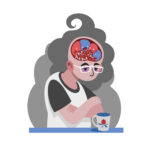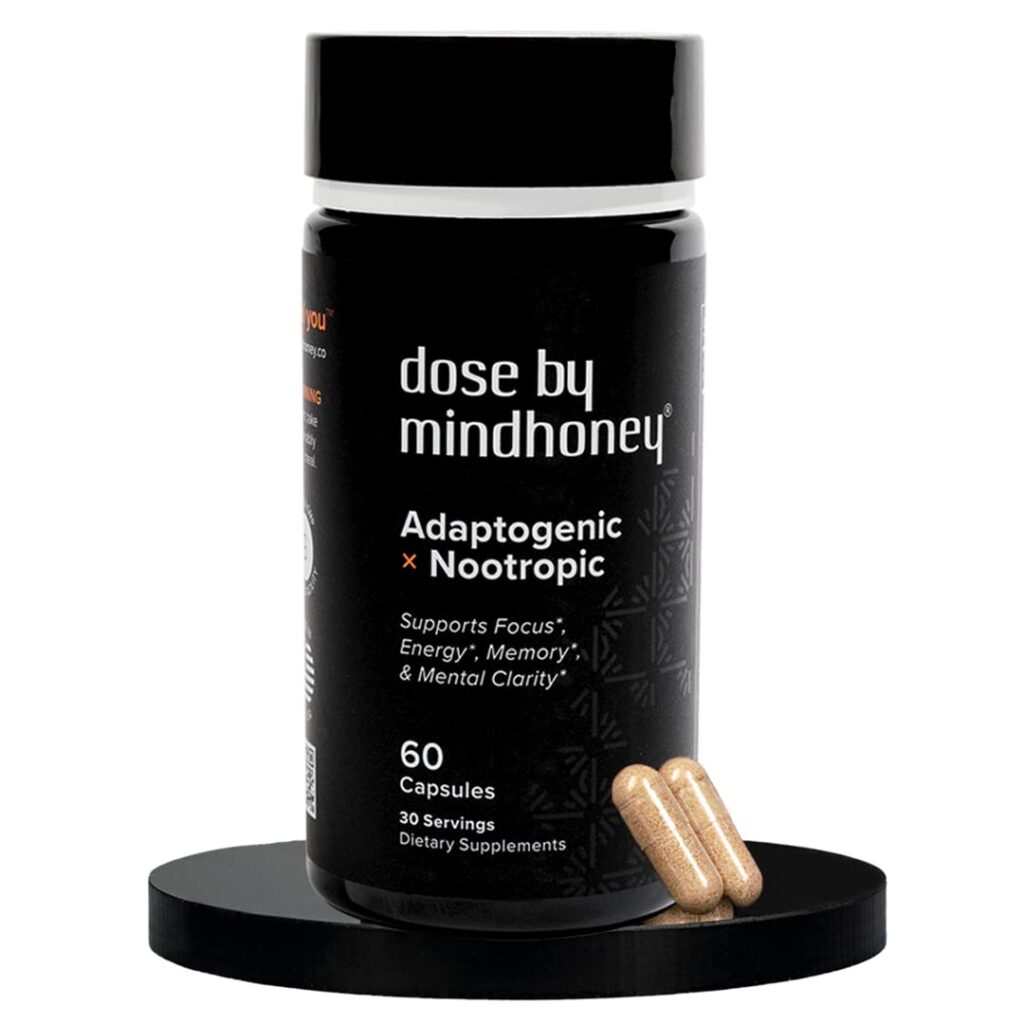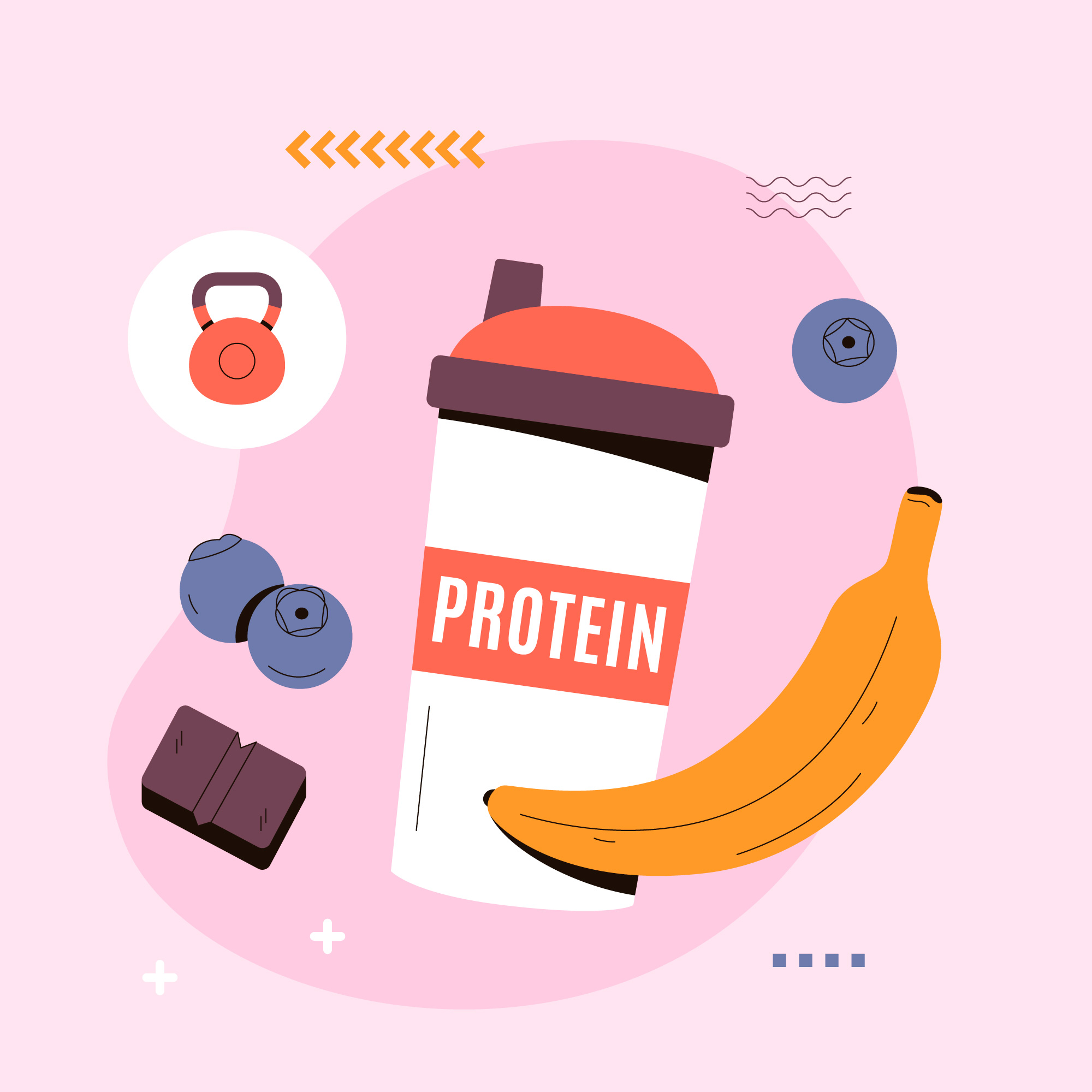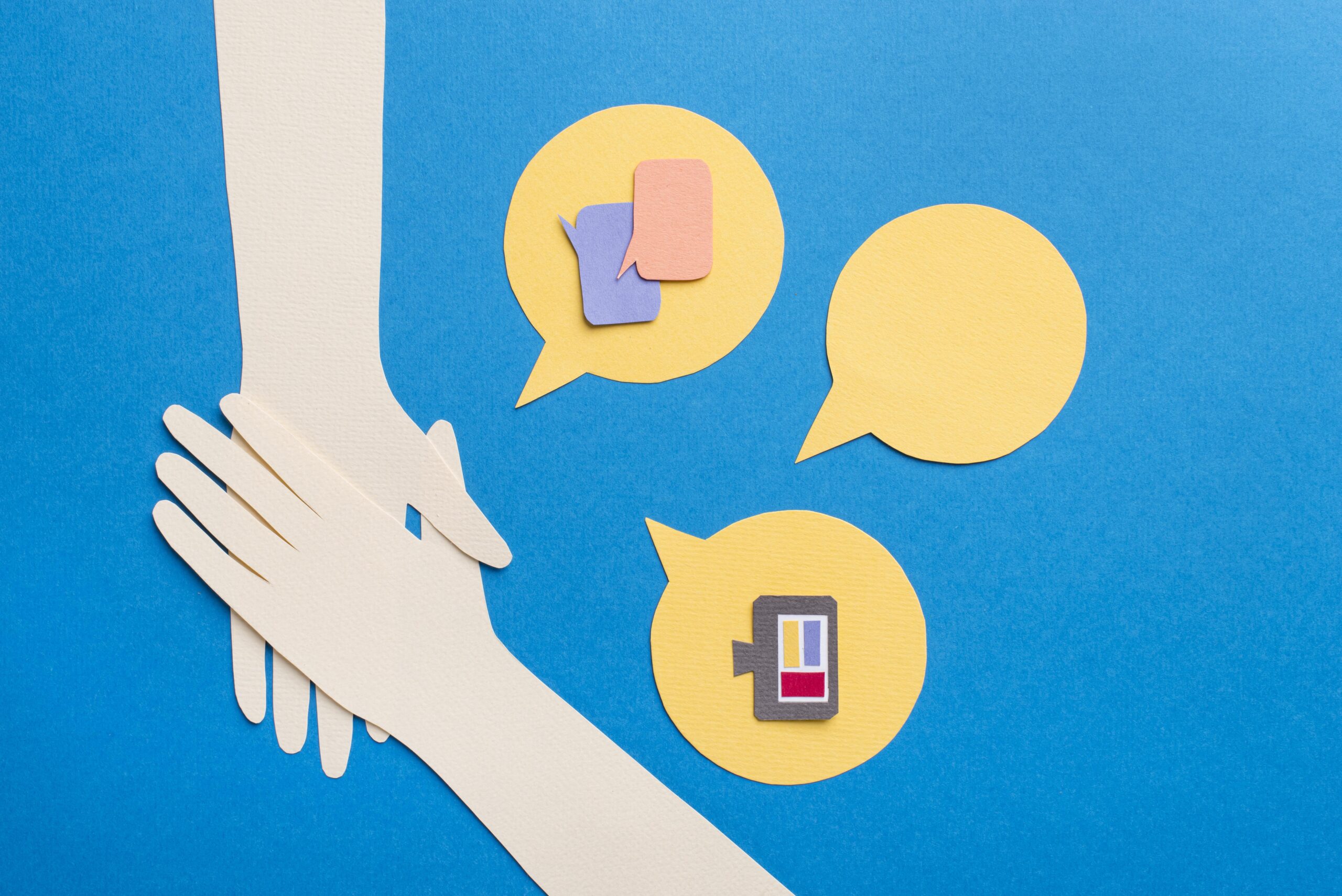Understanding the Differences Between ADD and ADHD
The terms Attention Deficit Disorder (ADD) and Attention Deficit Hyperactivity Disorder (ADHD) are often used interchangeably, leading to confusion about their meanings. While they are both related to attention issues and can affect individuals in various ways, there are distinct differences that are important to understand. This blog post seeks to clarify these differences, explore symptoms, and provide insights into diagnosis and treatment.
What is ADHD?
ADHD, officially known as Attention Deficit Hyperactivity Disorder, is a neurodevelopmental disorder characterized by persistent patterns of inattention and/or hyperactivity-impulsivity. The diagnosis of ADHD encompasses three primary presentations:
- Predominantly Inattentive Presentation: Individuals with this presentation struggle with focus, organization, and following through on tasks. They may seem easily distracted or forgetful.
- Predominantly Hyperactive-Impulsive Presentation: In this case, individuals exhibit hyperactive and impulsive behaviors, such as excessive fidgeting, interrupting others, or an inability to sit still.
- Combined Presentation: This is when individuals exhibit symptoms from both the inattentive and hyperactive-impulsive categories.
What is ADD?
ADD stands for Attention Deficit Disorder, which is an older term that has fallen out of common use. It typically refers to what is now classified as ADHD, predominantly inattentive presentation. Individuals with ADD mainly struggle with attention-related symptoms without the hyperactive behaviors that characterize some other forms of ADHD.
Key Differences Between ADD and ADHD
While both ADD and ADHD involve attention-related issues, the primary distinction lies in the presence or absence of hyperactivity:
1. Hyperactivity
- ADD: Individuals with ADD often do not exhibit hyperactive behaviors. They may be quiet, daydreaming often and may not show outward signs of impulsivity or hyperactivity.
- ADHD: Individuals with ADHD display varying levels of hyperactivity. This can manifest as an inability to stay seated, excessive talking, or difficulty waiting for their turn.
2. Symptoms
- ADD Symptoms: Common symptoms include:
- Difficulty sustaining attention in tasks or play
- Frequently losing things necessary for tasks
- Easily distracted by extraneous stimuli
- Forgetfulness in daily activities
- ADHD Symptoms: Symptoms of ADHD may include those above plus:
- Impulsivity (blurting out answers, interrupting others)
- Hyperactivity (fidgeting, excessive movement)
- Difficulty awaiting one’s turn
3. Diagnosis
With the DSM-5 (Diagnostic and Statistical Manual of Mental Disorders, Fifth Edition) now in use, ADD is no longer a separate diagnosis. Instead, it falls under the broader classification of ADHD with a predominantly inattentive presentation. This change emphasizes that ADHD can manifest in various ways, and proper evaluation by a mental health professional is essential for accurate diagnosis.
Treatment Approaches
1. Behavioral Therapies
Both ADD and ADHD can benefit from behavioral interventions, such as cognitive-behavioral therapy (CBT), which can help individuals develop coping strategies for managing their symptoms.
2. Medication
Stimulant medications like methylphenidate (Ritalin, Concerta) and amphetamines (Adderall, Vyvanse) are often prescribed for ADHD. Non-stimulant options, such as atomoxetine (Strattera), can also be effective for individuals who may experience anxiety or prefer not to use stimulants.
3. Lifestyle Modifications
Implementing organization strategies, creating structured routines, and promoting healthy lifestyle choices (such as exercise and balanced diet) can greatly enhance focus and reduce impulsivity.
Conclusion
Understanding the differences between ADD and ADHD is essential for proper diagnosis and effective treatment. While ADD refers to the inattentive subtype of ADHD, the broader ADHD diagnosis includes variations characterized by hyperactivity and impulsivity. If you or someone you know is struggling with attention-related issues, seeking guidance from a healthcare professional is important. With the right support and strategies in place, individuals with ADHD can lead fulfilling and productive lives.








